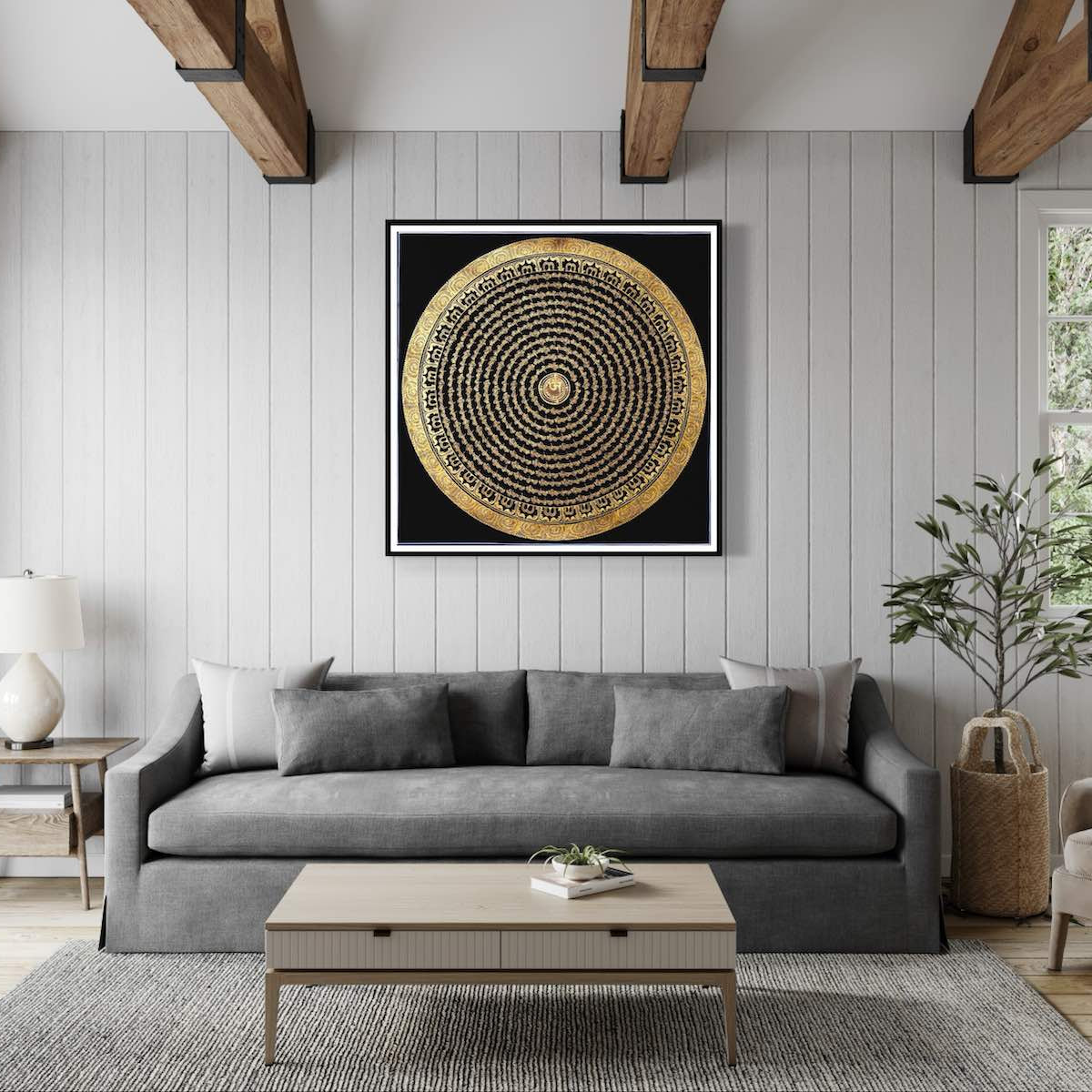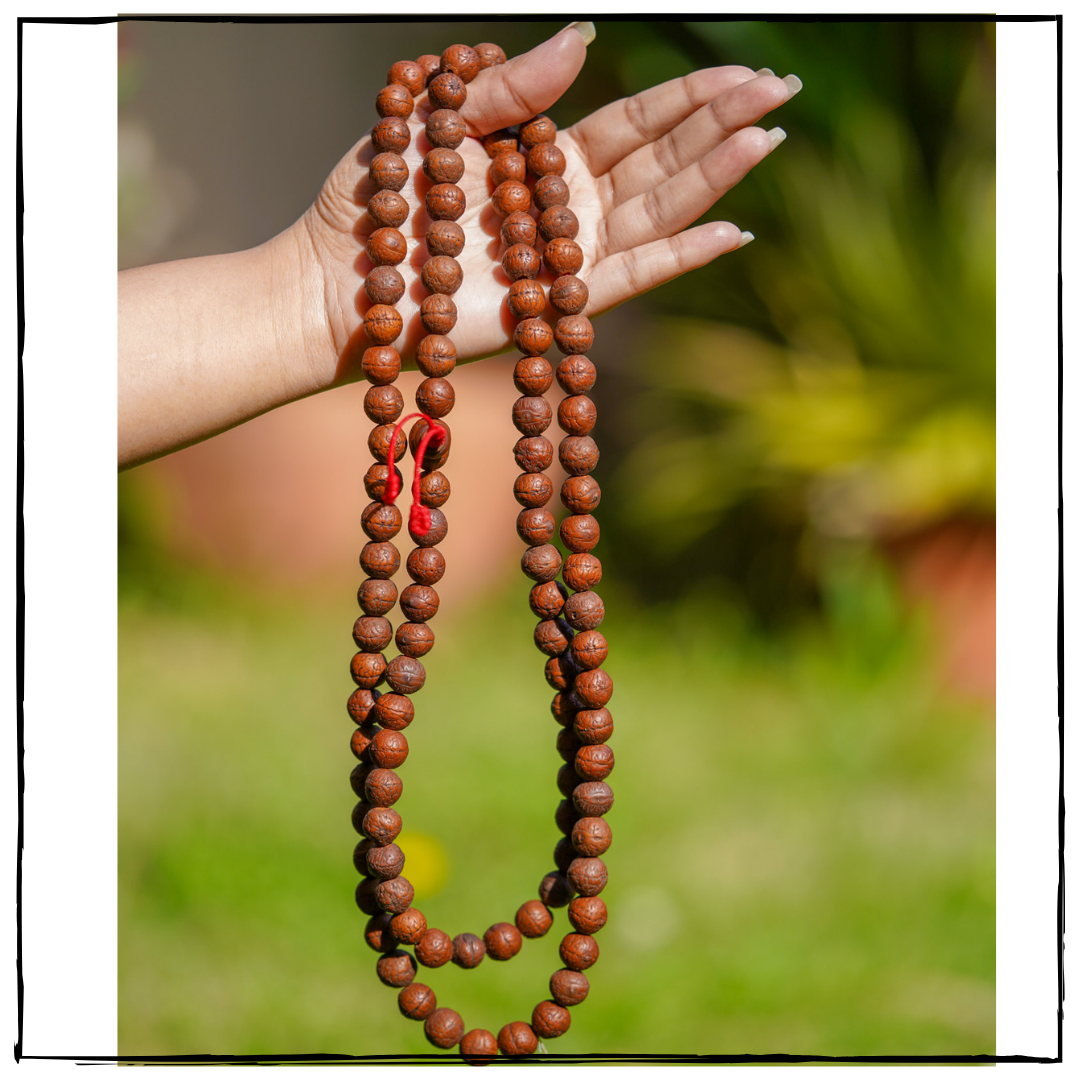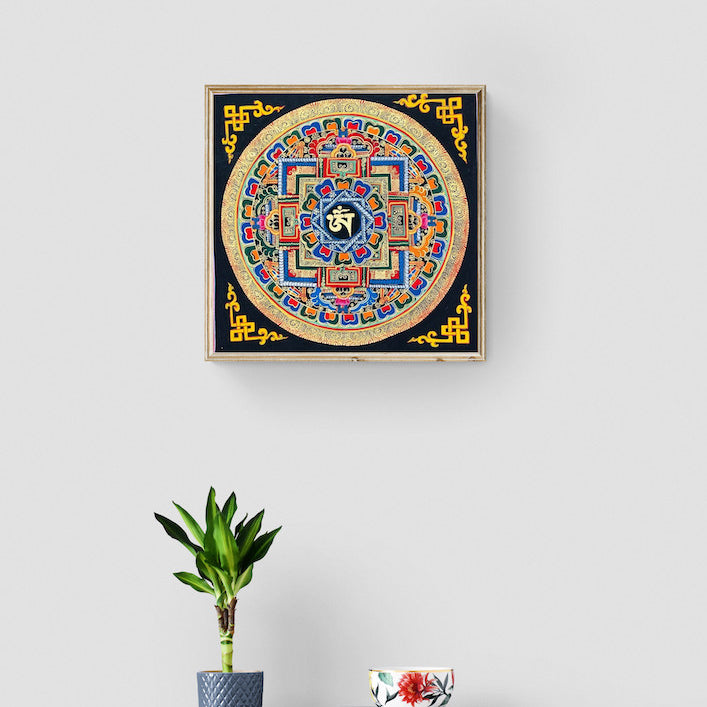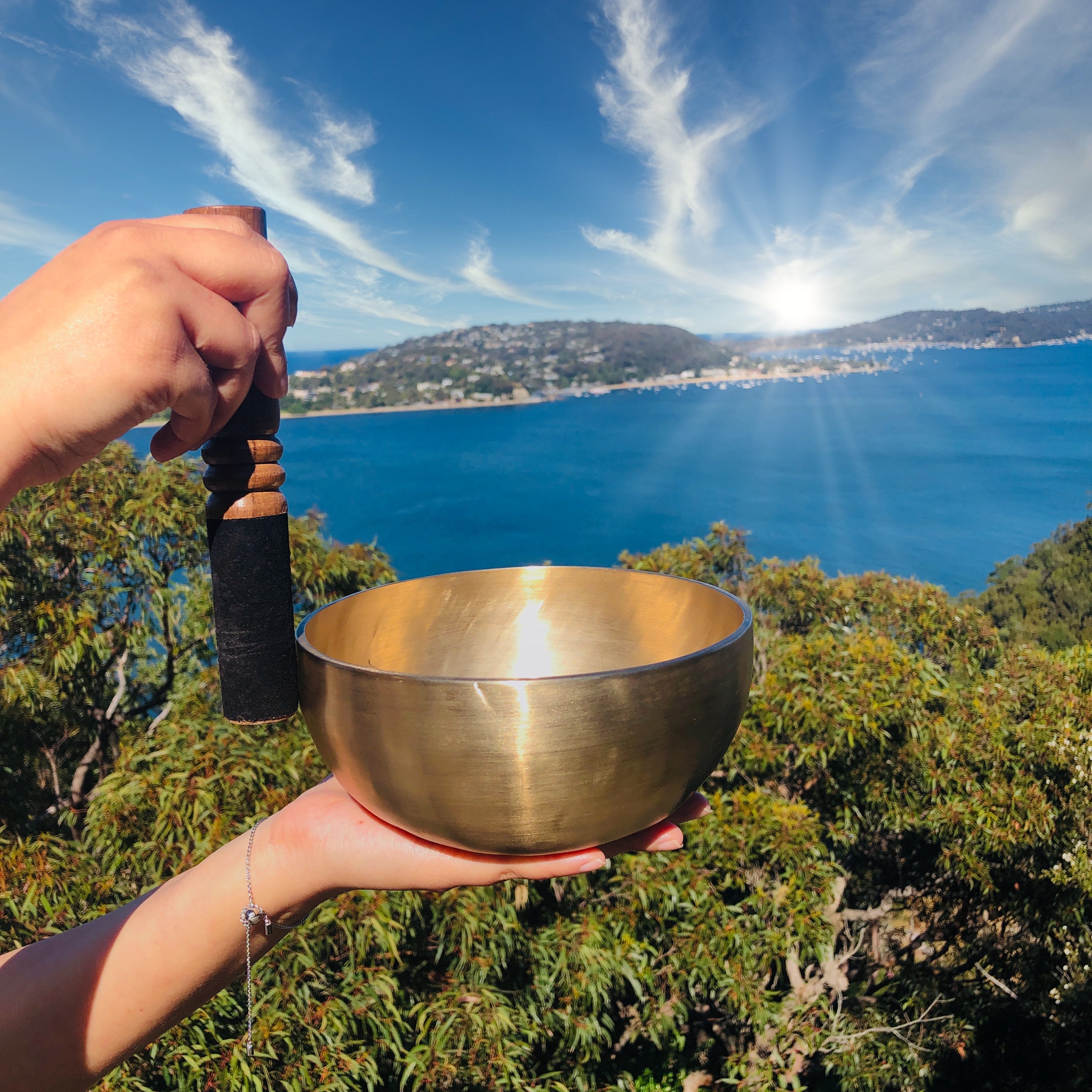Avalokeshwor Thangka Painting
Couldn't load pickup availability
Description
Avalokeshwor Thangka painting is a sacred artwork in Tibetan Buddhist culture, featuring the deity Avalokeshwor or Avalokiteshvara, who represents the compassion of all Buddhas. Thangka paintings are religious scrolls used in meditation, rituals, and teaching Buddhism. They are an integral part of the Tibetan Buddhist tradition, depicting key figures and teachings in a visually striking and educational manner.
Key Features
-
Subject Matter: Expertly depicted is a deity with numerous arms and heads, showcasing their benevolent and omniscient qualities. Adorned with powerful symbols like a lotus flower, a wish-fulfilling gem, and a rosary, representing their compassionate nature.
- Artistic Style:The Thangka paintings are renowned for their intricate details, vibrant colors, and powerful symbolism within each element. The divine attributes are accentuated with gold highlights, while the colors represent various spiritual qualities and cosmic elements in a spectrum of hues.
- Composition: Avalokeshwor is typically surrounded by smaller figures, including deities, bodhisattvas, and auspicious symbols, in a balanced and symmetrical layout. The background often features detailed landscapes, representing divine realms and the natural world.
Product Specification:
- Hand painted
- Size: 75 cm x 53 cm
- Base: Cotton Canvas
- Origination: Nepal

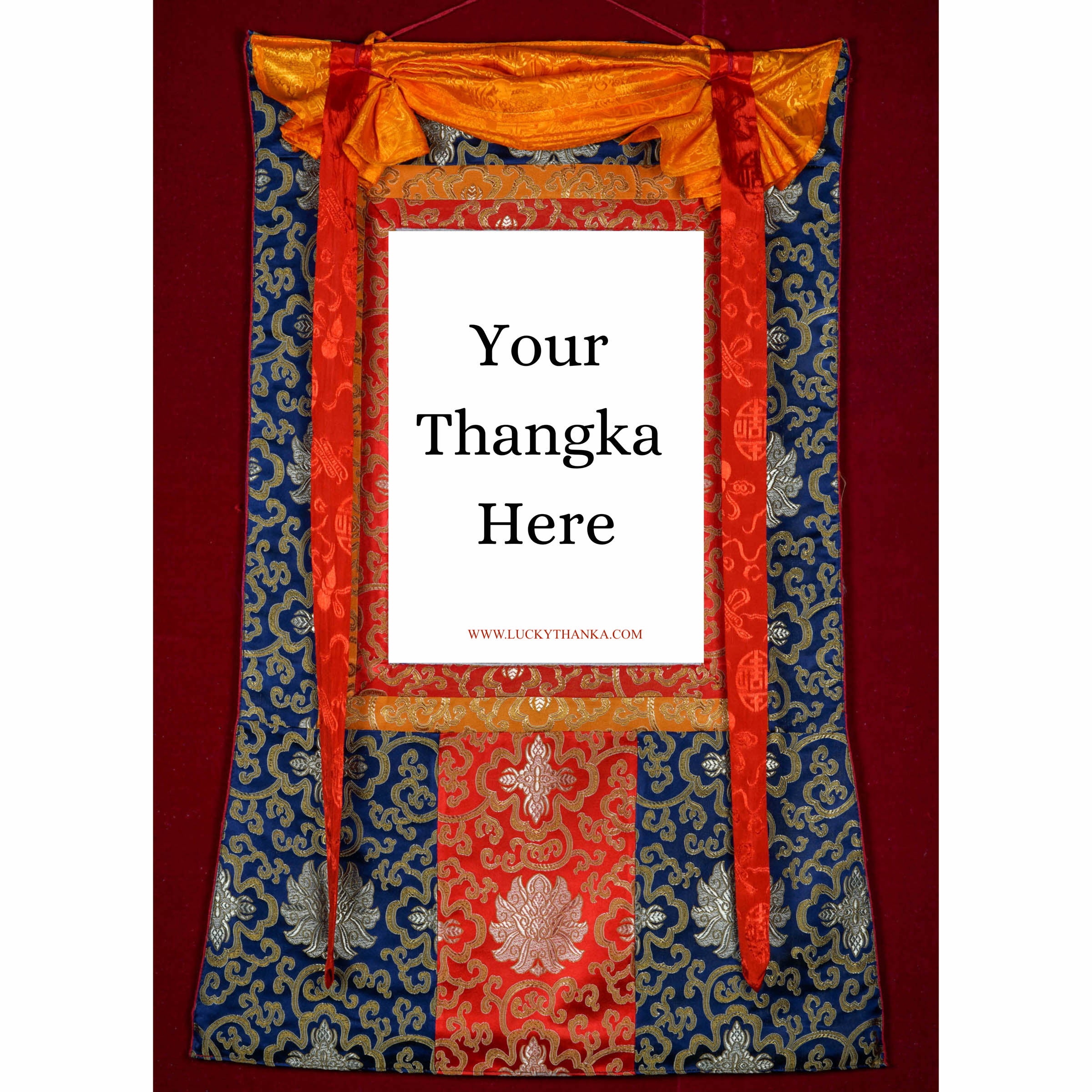
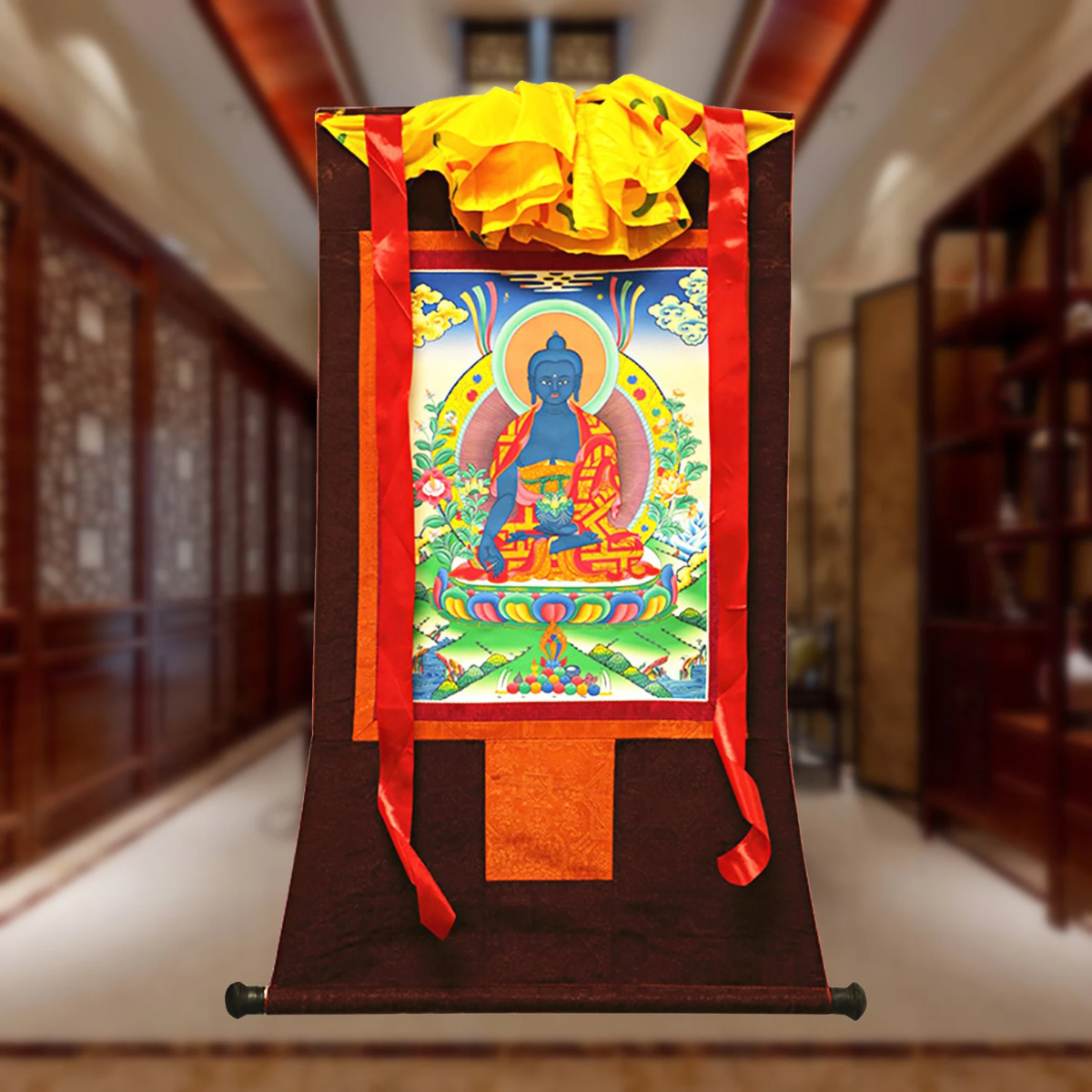
Hand Embroidery Brocade
Want to add a Brocade to your beautiful Thangka Painting? Traditional Style Brocade has been one of the most popular form of mounting as it has a greater religious merit.
Note: Make sure you have added the Thangka to your cart first.
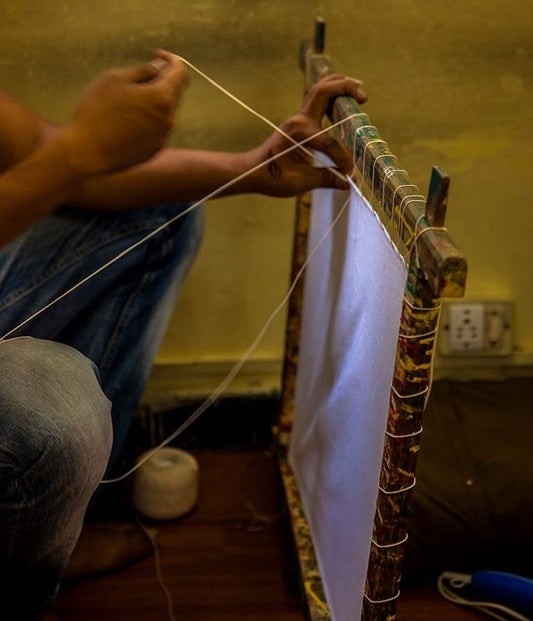
100% Cotton Canvas
Preparing the Cotton canvas before starting to paint a Thangka. This process includes washing, drying, stretching, sizing and everything needed to make a perfect base for the thangka to last for centuries.
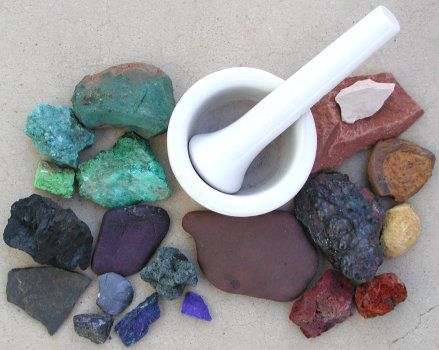
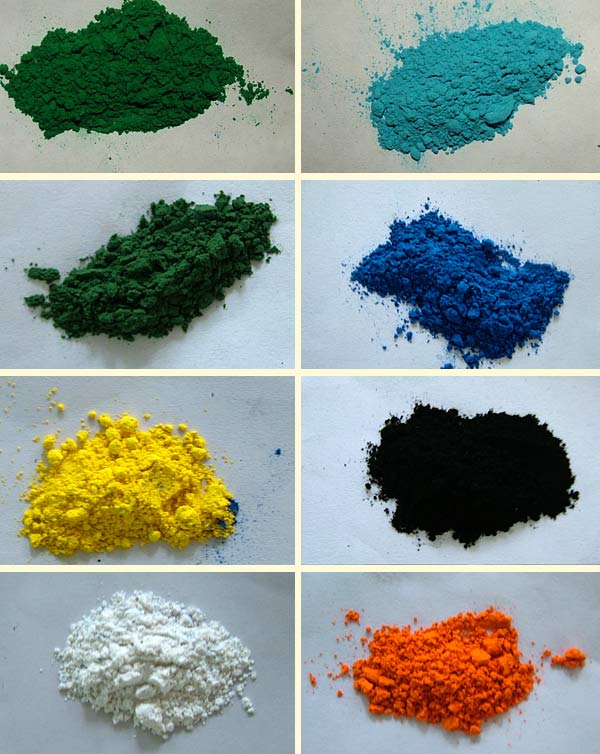
Natural Minerals
Thangka Paintings are painted using the natural minerals. These are firstly grind into the powder form and then used in the thangka as a paint.























